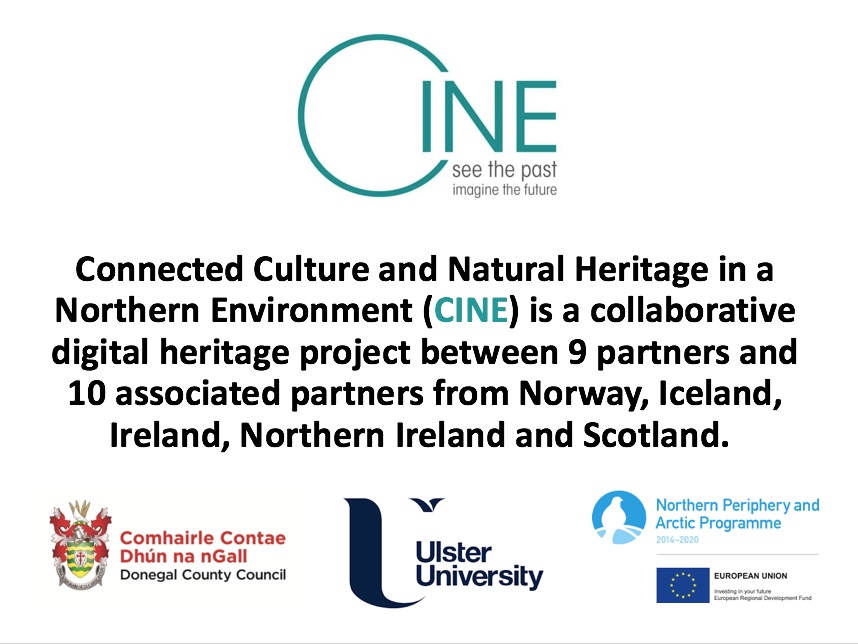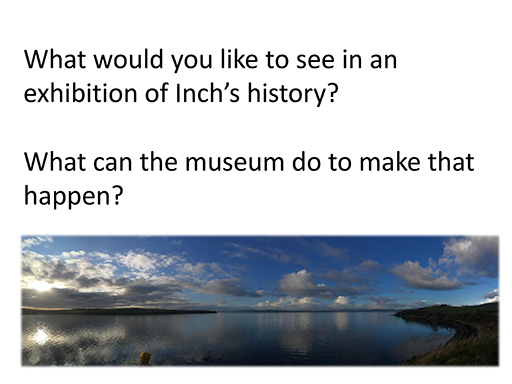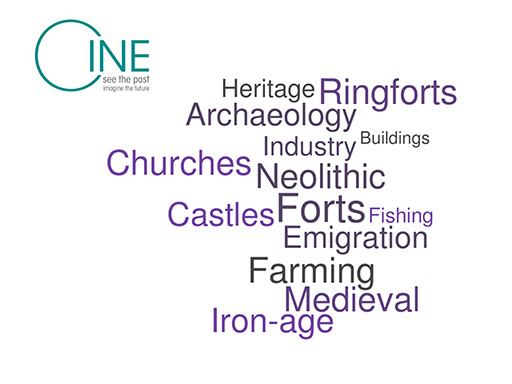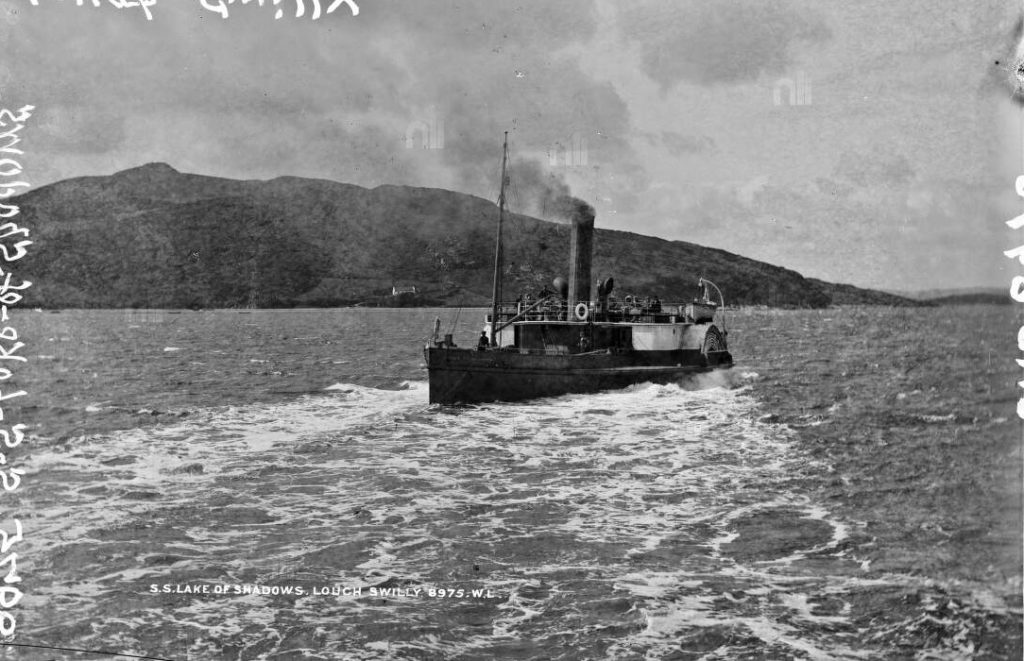Your audience is sitting comfortably. You’re researched and prepared. You have your game face on, you’re confident, so it’s time to launch into the presentation. Some of this you might already know much of what follows, so my apologies in advance for this Presentation 101 tutorial. This page is quite long, but necessarily so.
Explaining why you’re there, and presenting the project effectively will mean you gain the trust and interest of your audience, the community. Those few people in that hall will become the project’s champions, or my preferred term, its evangelists. To get them onboard, you need to explain the project well, and so you’re going to have to give a presentation, one that’s best supported by technology. But this is no ordinary presentation…
PowerPointed to sleep
We’ve all been there, sitting in an uncomfortable chair, while a wise, erudite, but incredibly dull individual reads every line of the PowerPoint text.

They spent ages making the text as small as possible and have used every animation transition they could find in the menu. And yes, I’ve all been guilty of it, I’ll admit. Bill Gates gave the world the most amazing presentation tool, so far removed from slide projectors and flip-charts of old. Sadly, many people have no concept of using PowerPoint effectively. This is your opportunity to present the project and inspire the community. It’s the one chance you have to do it right. You’ve moved from being the actor in a role, to being the director of the show. So make sure your PowerPoint is simply brilliant.
Some pointers to PowerPointing properly
Rehearse your script
I spent a week, wandering around the museum’s meeting room, rehearsing my script for the first meeting on Inch. Not only should you memorise what you’re going to say, but also the order of the slides. By all means make few notes for yourself in presenter view, but you should know it all without reading anything. There is nothing worse than listening to somebody reading page after page of notes.
Your first slide. Don’t forget the official project description, as written in that long-forgotten application form, and don’t forget the logos
Stick them on the first holding screen, then you can forget about them. In your photographs of the event, the SE-PS will be delighted to see those logos on the screen.

Introduce yourself
Tell your audience a little bit about yourself. Make it a personal, not a regurgitated rendition of your CV. You might have a local connection. They might know of some of the other projects you’ve been working on. Be human.
Tell them why you’re there
Why did you choose this community? How did you make that decision? Why are you there instead of somewhere else. Tell them it’s because the place is fascinating and beautiful and full of stories. Remind yourself of that passionate, unconscious urge that drew you here.
Now start explaining the project, and the nature of co-production or participatory engagement or…
OK. Here we hit a little stumbling block. You know what co-production is. The community probably don’t. One of the hardest tasks you will meet on this journey is explaining why you’re there and what co-production entails.

You are now the marketing manager, you’re selling the show. Your audience are not necessarily academics or heritage/culture professionals, though you might be surprised. On Inch, my audience were farmers, fishermen, retirees, commuters and writers, and a couple of returning emigrant museum professionals… yes, that was a surprise. For the CINE Project, our focus was the use of technology to create virtual museum exhibitions. Your outputs may be very different, but I’ve included these slides so you can see how we presented our project to the community of Inch.

Your audience’s combined knowledge and life experience will be broad and profound. Don’t patronise them, but do explain in plain language what you are hoping to achieve… with their help and guidance. This is not your project, it’s theirs. Don’t forget the mantra.

Now lose the text
As much as possible, lose the text and present images. People like pictures. People relate to pictures. Losing the text will also stop you reading the text, as our wise, erudite and dull friend above. I used some Wordclouds on Inch. They’re an effective way of presenting information without the temptation…

Give them an idea of what sort of information you are looking for

A glimpse of the research
Show them some of what you’ve learnt of their community, but not everything. You might be the history expert, but this is the moment to forget everything you think you know. The community are the real experts now.
On Inch, we used some of the images above… photos from the 19th Century, sketches from the 18th Century, things we’d discovered in our research. Be creative but selective.


Keep it short
Honestly, half an hour is too long. Don’t rush, but don’t stand there and talk until they start shifting in their seats. Read the room. Hurry it up or end it before the last slide if you have to. I flew through some of the slides I used, took time over others. Rehearse your script and your presentation and see how long it takes.
Do they have any questions?
You have to ask, but usually the room will erupt into deafening silence at this point. Wait until the minute you switch off the projector though, for then you’ll be surrounded by inquisitive interrogators.
And finally… it’s free, no obligation
You might mention this somewhere near the beginning, especially if you’re addressing a group of canny, farming folk. They’ll want to know it’s not going to cost them!
My full presentation to Inch is available for download here, if you want to have a look. I added a few slides on the end because we weren’t sure if our Donegal Mapping demo would work. It did, thanks to the iPhone in the jeep.
And having got to the end of writing that, perhaps I included too much detail. My intention was to impress upon you the importance of that first interface with the community. Your intention should be to appear professional, interested and approachable. Humility, curiosity and humanity are your watchwords.




